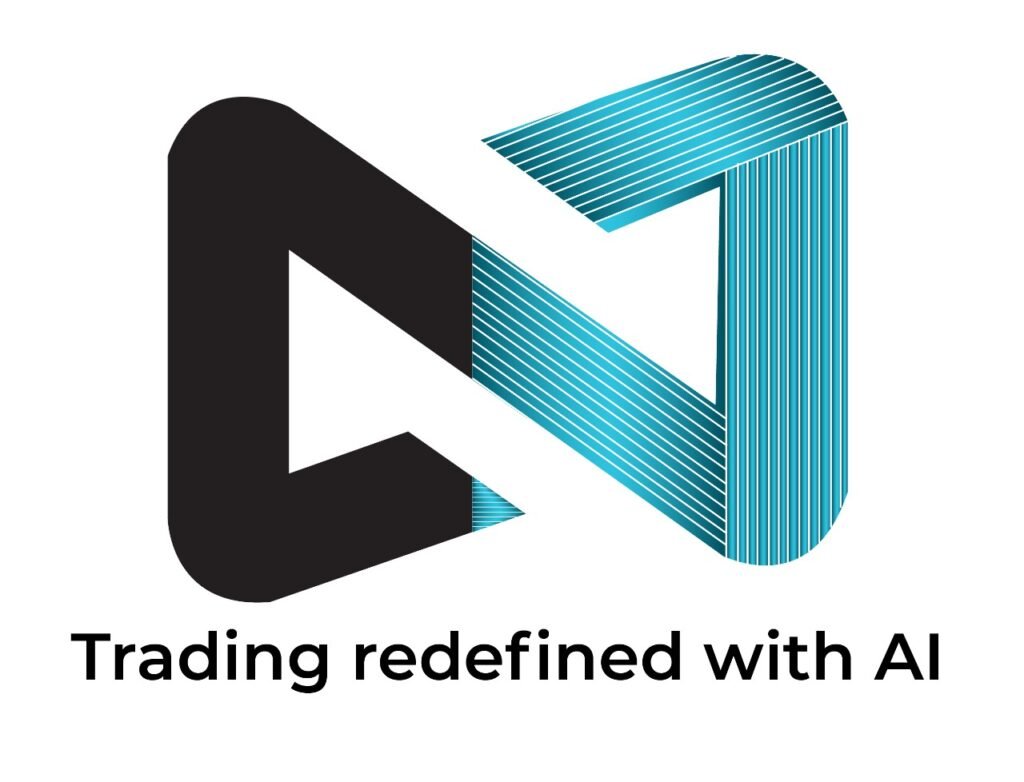What is Mid Frequency Trading?
In financial trading, various strategies have emerged, each tailored to different market conditions and trader preferences. Among these strategies, Mid Frequency Trading (MFT) has gained prominence. This guide will explore what Mid Frequency Trading is, how it operates, its differences from High-Frequency Trading (HFT), the types and uses of MFT, its advantages, and tips for effectively engaging in this trading strategy. Additionally, we will highlight Alphanumeriq.ai, an AI trading platform that supports Mid Frequency Trading.
What is Mid Frequency Trading?
Mid Frequency Trading (MFT) is a trading strategy that involves holding positions for a moderate duration, typically ranging from a few minutes to a few hours. It strikes a balance between High-Frequency Trading (HFT), which involves rapid transactions, and low-frequency trading, which focuses on long-term positions. MFT leverages sophisticated algorithms and data analysis to capitalize on market inefficiencies and price movements over a slightly longer horizon than HFT.
How Mid Frequency Trading Works
MFT operates by utilizing algorithms to identify and exploit short to mid-term market trends. Traders use various data sources, including price movements, volume, and market sentiment, to make informed decisions. The process typically involves:
- Market Analysis: Using quantitative models to analyze market data and identify potential trading opportunities.
- Algorithm Development: Creating algorithms that can execute trades based on predefined criteria.
- Execution: Implementing the trades through automated systems to ensure speed and accuracy.
- Monitoring and Adjusting: Continuously monitoring the performance of trades and making necessary adjustments to strategies.
How Mid-Frequency Trading Differs from High-Frequency Trading
While both MFT and HFT rely on algorithmic trading, they differ in several key aspects:
- Trade Frequency: HFT involves executing trades within milliseconds to seconds, whereas MFT holds positions for minutes to hours.
- Data Dependency: HFT heavily relies on real-time data and ultra-low latency systems. MFT, while still data-intensive, operates with slightly less stringent latency requirements.
- Profit Margins: HFT aims for small profit margins per trade but relies on a high volume of trades. MFT seeks moderate profit margins with fewer trades.
- Infrastructure: HFT requires significant investment in high-speed trading infrastructure, whereas MFT can operate with less intensive technological requirements.
Types of Mid-Frequency Trading
- Trend Following: Identifying and following market trends over a mid-term period.
- Mean Reversion: Capitalizing on the tendency of prices to revert to their historical mean.
- Statistical Arbitrage: Using statistical models to find and exploit price inefficiencies.
- Event-Driven: Trading based on specific events, such as earnings announcements or economic data releases.
Uses of Mid-Frequency Trading
- Risk Management: MFT provides a balanced approach to managing risk, combining the speed of HFT with the stability of longer-term strategies.
- Diversification: It offers diversification opportunities for portfolios, reducing dependence on a single trading strategy.
- Market Efficiency: By exploiting short to mid-term inefficiencies, MFT contributes to overall market efficiency.
Advantages of Mid Frequency Trading
- Reduced Latency Pressure: Less reliance on ultra-low latency systems compared to HFT.
- Moderate Investment: Lower infrastructure costs compared to HFT.
- Scalability: Easier to scale strategies without the need for extensive technological upgrades.
- Balanced Risk: Combines elements of both high and low-frequency trading, offering balanced risk exposure.
How to Do Mid-Frequency Trading
- Research and Education: Gain a thorough understanding of market dynamics and trading strategies.
- Develop Algorithms: Create and backtest algorithms to ensure they perform well under various market conditions.
- Choose a Trading Platform: Select a reliable platform that supports algorithmic trading, such as Alphanumeriq.ai.
- Implement and Monitor: Execute your strategies and continuously monitor their performance, making adjustments as needed.
Examples of Mid Frequency Trading
- Earnings Announcements: Trading on the anticipated reaction to corporate earnings reports.
- Economic Data: Leveraging macroeconomic data releases to predict market movements.
- Sector Rotation: Shifting investments between sectors based on predicted mid-term performance.
Tips and Tricks for Successful Mid-Frequency Trading
- Stay Informed: Keep up with market news and trends.
- Backtesting: Rigorously backtest your strategies to ensure reliability.
- Risk Management: Implement robust risk management practices to protect your capital.
- Continuous Improvement: Regularly refine and update your algorithms based on market feedback.
Alphanumeriq.ai: Your AI Trading Platform
Alphanumeriq.ai is an advanced AI trading platform that supports Mid Frequency Trading. It offers:
- Sophisticated Algorithms: Access to cutting-edge algorithms tailored for MFT.
- Data Integration: Seamless integration with various data sources for comprehensive market analysis.
- User-Friendly Interface: An intuitive platform that simplifies the trading process.
- Performance Monitoring: Tools to monitor and adjust your strategies in real time.
Conclusion
Mid-frequency trading offers a balanced approach to trading, combining the speed of HFT with the stability of longer-term strategies. By understanding its mechanics, advantages, and best practices, traders can effectively utilize MFT to enhance their trading performance. Platforms like Alphanumeriq.ai provide the tools and support needed to succeed in this dynamic trading environment.


Leave a Reply